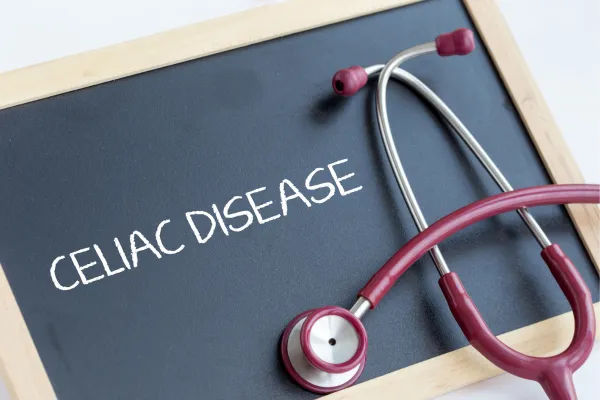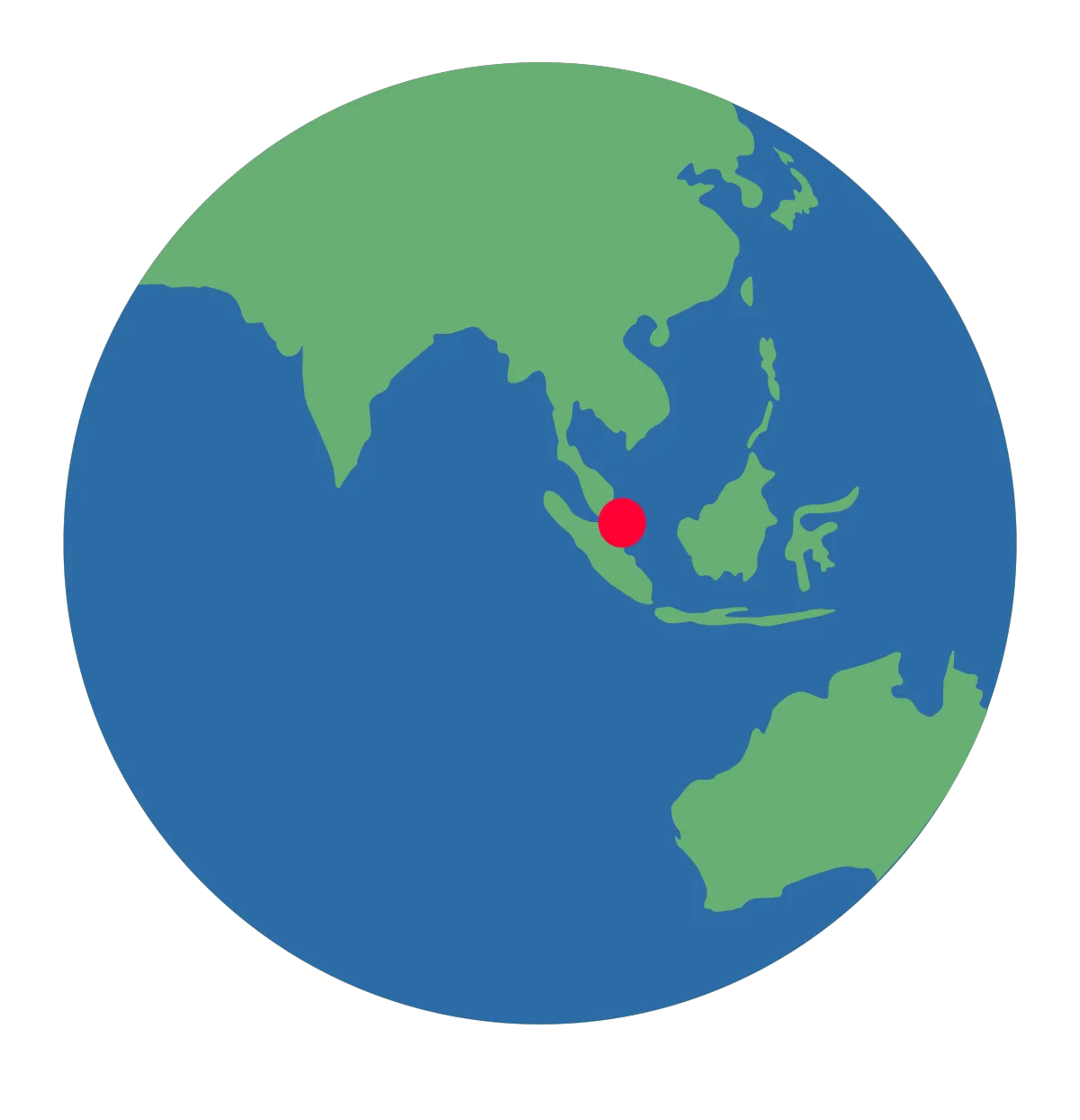
What Is Celiac Disease?
What Is Celiac Disease and How Do You Test for It?
Celiac disease is an autoimmune condition, not a food allergy, not a sensitivity, and not a fad.
It happens when the body reacts to gluten, a protein found in wheat, barley, and rye. For people with celiac disease, eating gluten triggers an immune response that damages the small intestine, interfering with the body’s ability to absorb nutrients properly.

Over time, this damage can lead to serious health complications, especially if left undiagnosed.
Although celiac disease is well-known in Western countries, it has long been assumed to be rare in Asia. But recent studies are showing that this is no longer the case. In fact, many people in Asia, especially those diagnosed with IBS, may actually have undetected celiac disease.
If you've had long-standing digestive issues or symptoms that don't fully improve, it may be time to consider testing.
What Are the Symptoms of Celiac Disease?
Celiac disease looks different in different people. Some have classic digestive symptoms, while others experience signs that may seem unrelated to the gut.
Common symptoms in adults include:
Chronic bloating, gas, or abdominal pain
Diarrhea or constipation
Unexplained weight loss
Fatigue or brain fog
Iron-deficiency anemia
Bone or joint pain
Infertility or irregular menstrual cycles
Depression or anxiety
Skin rashes (especially dermatitis herpetiformis)
In children, symptoms may also include:
Stunted growth or delayed puberty
Irritability or mood changes
Poor weight gain
Pale stools or bloated belly
Some people have no noticeable symptoms at all, especially in the early stages, but still suffer intestinal damage and long-term complications.
What Causes Celiac Disease?
Celiac disease needs three things to develop:
Genetics
Celiac disease only develops in people who carry specific genetic markers: HLA-DQ2 or HLA-DQ8. These are common in European populations, but they are also present in many parts of Asia, including China, India, and Southeast Asia.
Gluten Exposure
Gluten must be consumed regularly in order to trigger the immune system to produce the antibodies
External Trigger
Approximately one third of the population carries one of the genes associated with celiac disease. But only 1% of of those people ever develop the condition. Something trigger the activation of the immune system, often this is a virus.
What Happens To Someone With Celiac Disease?
Eating gluten triggers the immune system to attack the lining of the small intestine. This leads to villous atrophy, the flattening of the tiny finger-like structures (villi) that absorb nutrients.
Without healthy villi, your body can’t properly absorb iron, calcium, B vitamins, and other essentials, no matter how well you eat.
How Is Celiac Disease Diagnosed?
The diagnosis involves a combination of blood tests and sometimes an endoscopy with biopsy. But testing must be done while the person is still eating gluten regularly, otherwise, results may be inaccurate.
Here’s a step-by-step overview:
1. Blood Tests (Serologic Testing)
The first step is a simple blood test, usually looking for:
Tissue transglutaminase antibodies (tTG-IgA)
Endomysial antibodies (EMA)
These antibodies are usually elevated when someone with celiac disease is consuming gluten.
If you have low IgA levels, additional tests may be needed.
2. Endoscopy with Biopsy
If the blood tests are positive, doctors may recommend an endoscopy.
A thin tube is passed through the mouth into the small intestine, and tiny samples are taken from the lining.
Under a microscope, doctors look for damage to the villi, which confirms the diagnosis.
3. Genetic Testing (Optional)
A gene test can show whether you carry HLA-DQ2 or DQ8. If you do not carry either, celiac disease is extremely unlikely.
However, having these genes doesn’t mean you definitely have celiac disease, it only means you're at risk.
What If You’re Already Eating Gluten-Free?
If you've already removed gluten from your diet and feel better, that’s important, but unfortunately, it makes testing more difficult.
In order to detect celiac disease through blood tests or biopsy, you need to be eating enough gluten daily for several weeks (usually 6 to 8 weeks) before testing. This is known as a gluten challenge.
A healthcare provider or dietitian, like Bridget, who works with local doctors in Singapore, can help guide you through this process safely.
Why Testing Matters
Getting a formal diagnosis is not just about naming the condition. It helps you:
Qualify for ongoing medical follow-up
Access proper nutritional care
Understand the risk of complications
Protect yourself and your children (celiac is hereditary)
Advocate for your needs in school, travel, and food settings
It also helps raise awareness among doctors and researchers in Asia, many of whom are just beginning to recognize that celiac disease is present in this region.
Do You Suspect You Might Have Celiac Disease?
If this post describes your symptoms, or if you’ve been diagnosed with IBS but continue to struggle, it’s worth exploring further.
Visit our resource page for additional helpful information.
Help Advance The Study of Celiac Disease in Singapore
We’re currently collecting information from people of Asian and Southeast Asian heritage living in Singapore, Malaysia, Indonesia, or China who suspect they may have celiac disease or related gluten conditions.
You can help change how celiac disease is recognized and diagnosed in Asia.
Click here to fill out this short and confidential form.
You’ll be contacted by Bridget Marr, a registered dietitian who works with gastroenterologists familiar with celiac care in Singapore.
This small step could be the beginning of a clearer diagnosis, for you, or for someone else just like you.


